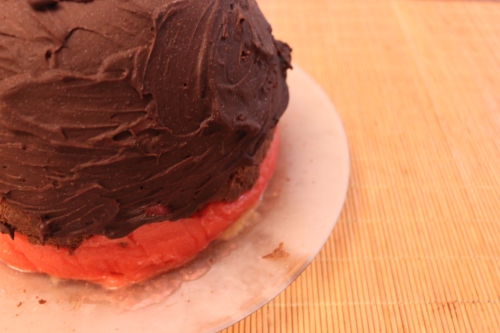In this week’s Parsha, Sefer Devarim/Deuteronomy 20:19 we learn a commandment about trees, fruit, and the material things of this world.
When you besiege a city for many days to wage war against it to capture it, you shall not destroy its trees by wielding an ax against them, for you may eat from them, but you shall not cut them down.
This prohibition is about a lot more than fruit trees and wartime. This commandment applies during times of peace and is known as ‘Bal tashchit — gratuitous destruction and unnecessary wastefulness.
Talmud Bavli provides numerous examples of Bal tashchit, including purchasing overly-expensive foods, unnecessary tearing of cloth, wasting oil or fuel, using furniture for firewood, and the killing of animals.
Rambam says that we are forbidden to “smash household items, tear clothing, demolish buildings, plug a spring, or destroy food items.” The Medieval sage, Rabbeinu Yerucham spoke against wasting water.
The Torah is very clear about not engaging in wanton destruction and waste. But why?
In Sefer Chorev, Rabbi Shimpshon Raphael Hirsch explains that Bal tashchit is a reminder of God’s dominion over Creation, that all objects and creatures are His property. Objects beneath mankind are meant to be used “for wise human purposes, sanctified by the word of [His] teaching.”
According to Rav Hirsch, God is telling us, “I lent them (objects) to you for wise use only; never forget that I lent them to you.”
So here is what it comes down to: The physical world is a manifestation of the spiritual one. Therefore our stewardship of the physical world, is an expression of our relationship to God.
The care and protection of the environment is good and holy precisely because it is not an end to itself. But rather it’s a vehicle for our function as ‘tselem Elokim’ (man is created in the shadow/image of God) and the fact that every physical thing on this planet is His creation that we must use according to His will. The Torah (and Talmud and commentaries) gives us a very strong message about protecting the environment, but ultimately we do not worship the environment. We worship God. God gives us the gifts of this physical world and through the Torah instructs us on their stewardship. And in that way we serve Him.
And on that note….this week’s recipe is inspired by fruit–specifically the fruit that are in season now. Fresh blueberries and peaches. Yum.

Devarim 20:19: When you besiege a city for many days to wage war against it to capture it, you shall not destroy its trees by wielding an ax against them, for you may eat from them, but you shall not cut them down.
Peach Blueberry Crisp
Ingredients:
- 6 cups peeled sliced fresh peaches
- 2 cups blueberries
- 1/3 cup brown sugar, packed
- 2 tablespoons all-purpose flour
- 2 teaspoons cinnamon
Topping:
- 1 1/2 cup oats
- 1/4 cup brown sugar
- 5 tablespoons margarine
- 1 teaspoon cinnamon
- 1/2 teaspoon vanilla
Directions:
- Place fruit base in casserole dish.
- Mix topping and cover fruit base.
- Bake for 30 minutes at 350 degrees. (I put a loose piece of foil on top so it doesn’t harden.)
B’tayavon and have a great Shabbos!







